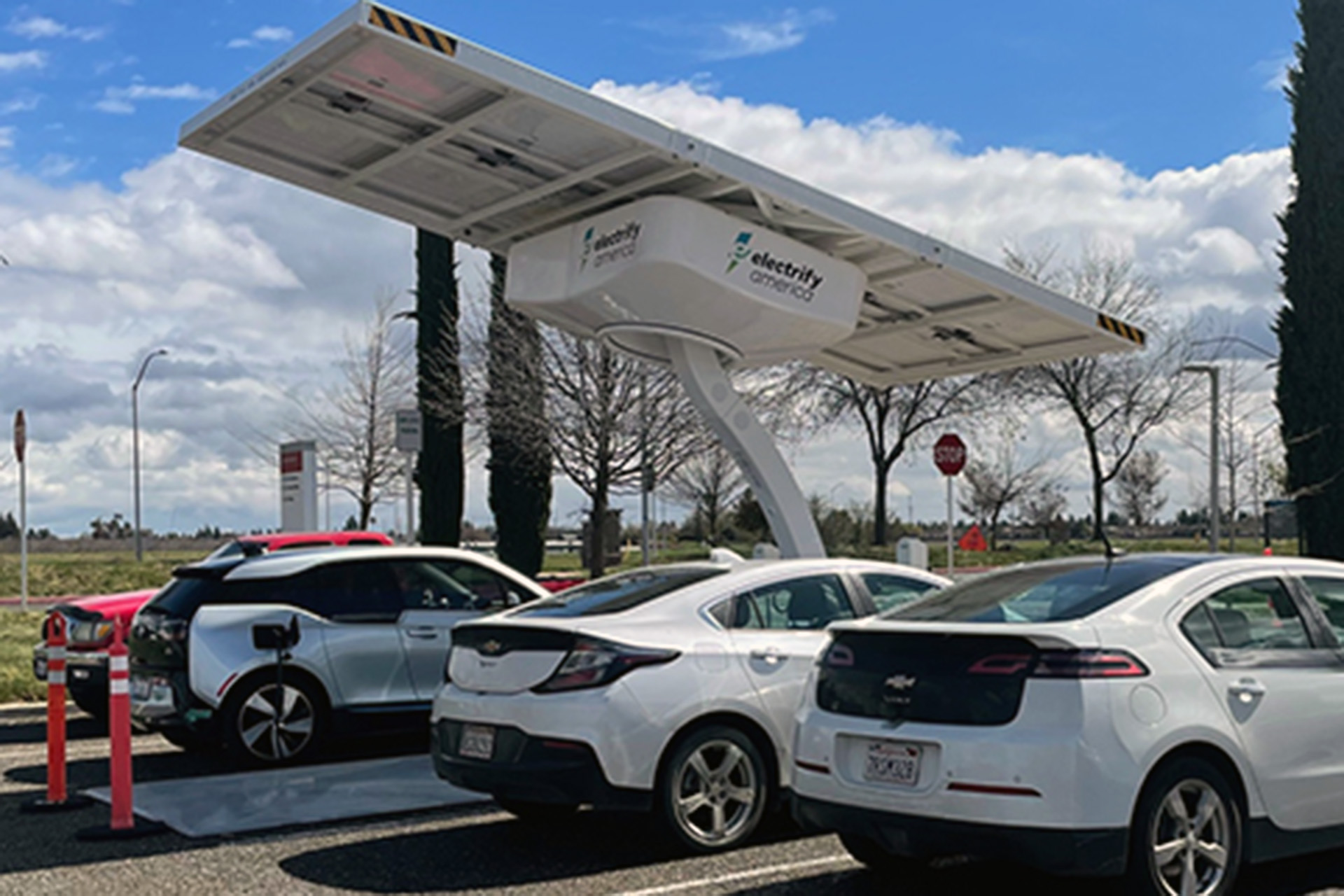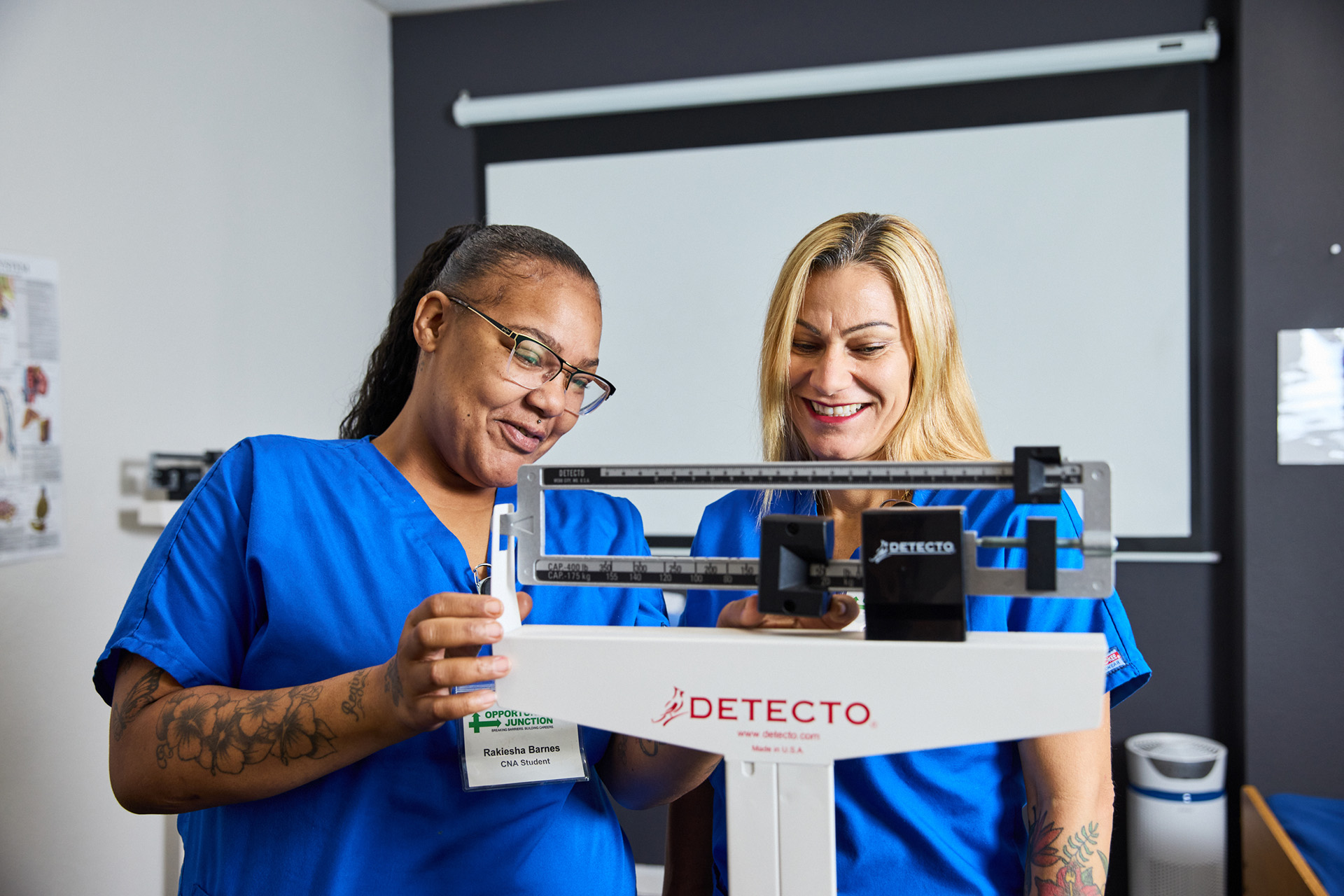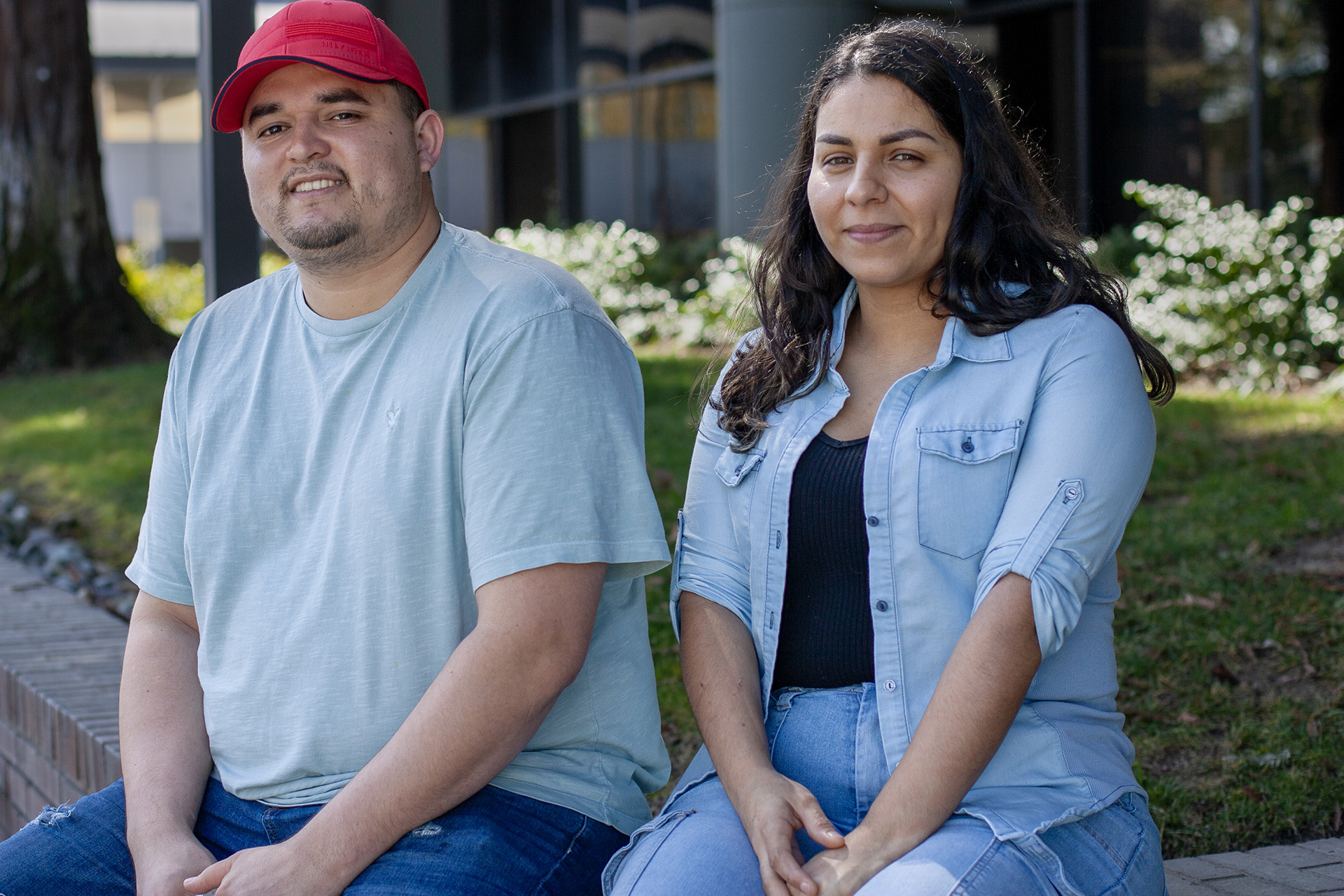Kaiser Permanente has historically worked to reduce our greenhouse gas emissions and reduce our carbon footprint. Here you can find additional information on how we measure, verify, and disclose our emissions commitments and reduction goals.
As Earth Day approaches, Kaiser Permanente is continuing a years-long push to reduce carbon emissions to better the health of members in communities across Northern California.
Last year, Kaiser Permanente became the first national health care organization in the country to achieve carbon neutrality by lowering power use and investing in renewable energy.
In Northern California, Kaiser Permanente will continue investing in solar power and reducing energy, waste, and water use.
“Not only is reducing our carbon footprint great for environmental reasons, it’s also a cost savings for the organization,” said Arik Goodman, Kaiser Permanente practice specialist in energy, water, waste, and environmental services.
Energy headwinds
Despite a steep spike in energy demand brought on by surge after surge of COVID-19 patients in Northern California hospitals in 2020, the organization still reduced its energy use by 1%, Goodman said.
“The fact that we were still able to lower our energy use despite all the new demands at our hospitals is a testament to our on-site engineers,” Goodman said. “We were still able to pay attention to energy use and reduce it.”
Energy use went up inside hospitals treating COVID-19 patients and where Kaiser Permanente set up portable emergency room triage, testing, and vaccine buildings, said Goodman. Energy use decreased from 7% to 30% in administrative buildings vacated by employees who worked from home.
“In 2015 we set a goal of using 10% less energy by 2025 and now we are at 7% less energy use, so we’re doing very well.”
More solar
This year, Kaiser Permanente will likely see further reductions as it continues to add solar panels to buildings across Northern California, change more inefficient lightbulbs to light emitting diodes, or LEDs, reduce landfill waste, and conserve more water. New software technology implemented in 2020 now helps building engineers monitor and reduce energy demand in the complex systems needed to run hospitals, laboratories, and office buildings.
In Northern California, solar panels are now installed at 40 sites and produce about 13.6% of the organization’s energy demand. Another 10 solar projects are scheduled to be put on buildings this year, with an additional 20 projects under consideration for 2022, said Goodman.
“In 2015 we set a goal of using 10% less energy by 2025 and now we are at 7% less energy use, so we’re doing very well,” Goodman said. “Solar is the most visible part of our environmental stewardship, but not all of it.”
Conserving water
Goodman said in 2013 Kaiser Permanente set a goal to reduce water use 25% by 2025 and now it is at 13%, a feat achieved by installing more low-flow sinks and toilets, and getting smarter and more efficient in the way it irrigates plants outside its buildings.
Reducing landfill
The organization also has made great strides in diverting more of its waste that previously went in landfills. Half of what previously was considered garbage now goes to recycling and food composting operations, Goodman said.
“We’re making a huge effort to make sure our 400 buildings have recycling and composting bins where possible, that they are being used, and that the waste in those bins is transported to the appropriate places to divert it from landfills,” said Goodman. “The biggest way our employees can help is to learn their local recycling guidelines and work with site leadership to maximize participation. That’s where our efforts really pick up steam – when the people of Kaiser Permanente take action to take care of our environment, and consequently the health of our communities.”





This Post Has 0 Comments